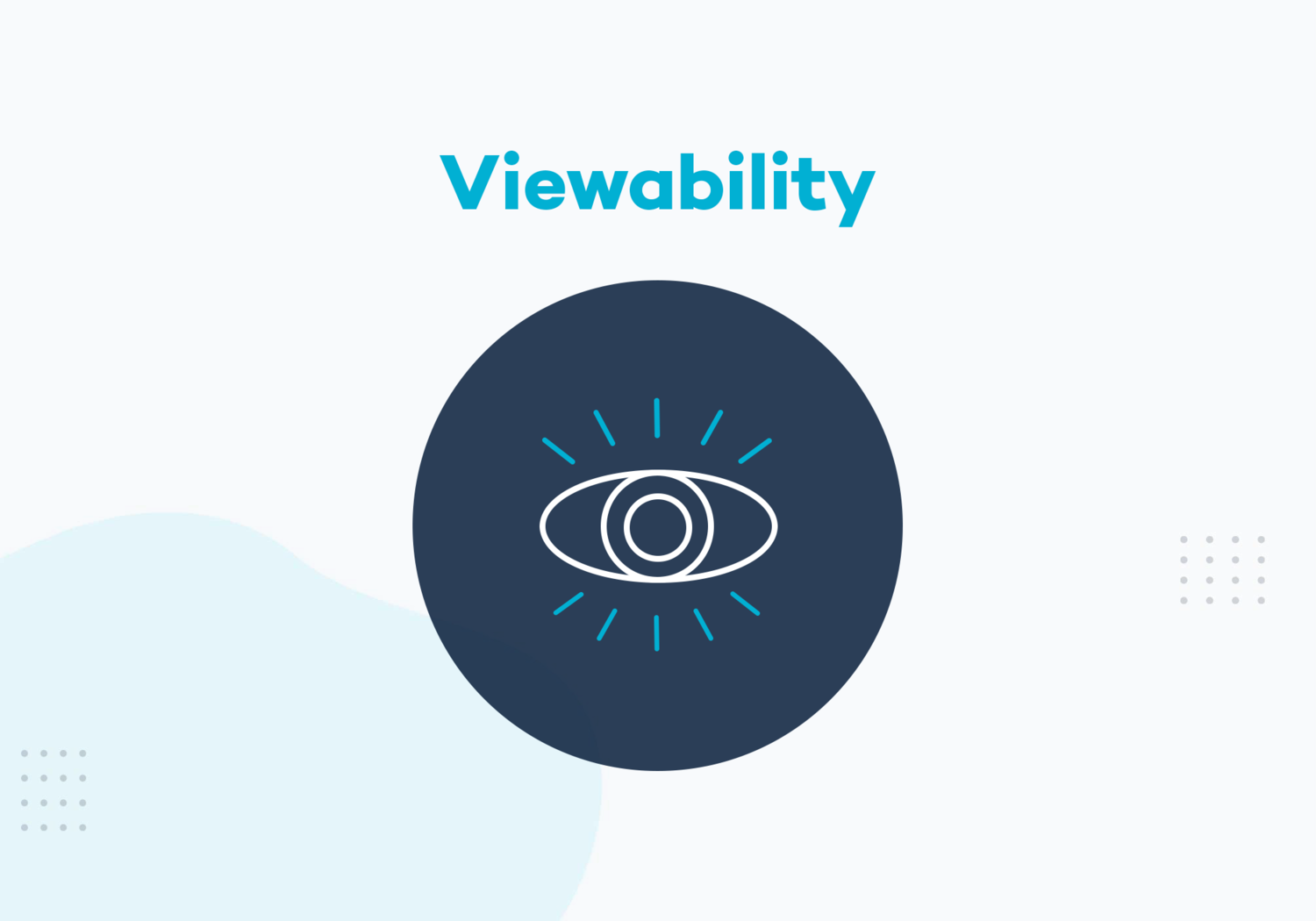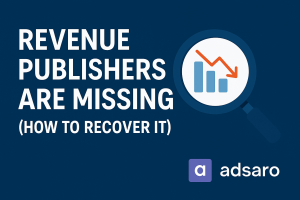In the fast-paced world of digital advertising, ad performance is often the primary metric for measuring success. While many factors contribute to ad performance, one metric stands out above the rest: viewability. Simply put, viewability refers to whether an ad is actually seen by a user. Without viewability, even the best-crafted ad creative is wasted. No view = no value.
For brands, this can make the difference between an effective campaign and one that falls flat. So, let’s dive into why viewability is so important and how it directly impacts ad performance.
What Is Viewability, and Why Does It Matter?
Viewability is a simple but powerful concept in digital advertising. It measures whether an ad has had the chance to be seen by users, which is crucial to understanding ad performance. The IAB (Interactive Advertising Bureau) and MRC (Media Rating Council) set standards that define viewability. A display ad is considered viewable when 50% of its pixels are visible for at least one second, and for video ads, this rises to two seconds.
Think about it: If an ad appears at the bottom of the page, and the user never scrolls down to see it, it doesn’t matter how amazing the ad is. It has zero impact.
But the issue doesn’t stop at placement-page load time also affects viewability. Ads that load too late or slow to appear on users’ screens are not counted as viewable, even if they eventually load in full. The bottom line: if your ad isn’t seen, it doesn’t count.
Why Viewability Is Directly Linked to Ad Performance?
You can have the most targeted, well-designed ad campaign in the world, but if your ads aren’t visible to the user, then they can’t generate clicks, engagement, or conversions. Here’s how viewability directly influences ad performance:
Better Engagement: When ads are visible and placed in prominent spots, users are more likely to engage with them. A visible ad can drive higher click-through rates (CTR) because users actually have a chance to interact with it.
Higher CPMs (Cost Per Mille): High viewability is a key factor for premium inventory. Ad platforms and advertisers are willing to pay more for ad placements where they know their ads will actually be seen, driving up CPMs and making viewable inventory more valuable.
Stronger ROI (Return on Investment): Viewable impressions generate real, measurable results. Ads that aren’t seen waste budget, leading to a poor ROI. By optimizing for viewability, brands can ensure they get the most value from every dollar spent.
Increased Trust and Credibility: Visible ads create a sense of trustworthiness with consumers. When users see your brand in a well-placed, prominent spot, they associate your brand with credibility and quality. Ads that are poorly placed or hard to find can lead to frustration and mistrust, ultimately impacting long-term performance.
Impact on Conversion Rates: Visibility is a major factor in conversion rates. Studies have shown that ads with higher viewability are more likely to convert. Whether it’s making a purchase, signing up for a newsletter, or downloading an app, if the ad isn’t seen, it can’t achieve the conversion.
How to Improve Viewability and Maximize Ad Performance
Now that we know why viewability matters, let’s look at some actionable steps to improve it and enhance ad performance:
Use Above-the-Fold Ad Slots: Position your ads higher on the page where they’re more likely to be seen immediately. Above the fold means the part of the page visible without scrolling, and this is prime real estate for visibility.
Optimize for Mobile: With mobile traffic dominating digital platforms, ensuring your ads are optimized for mobile is crucial. Ads should load quickly and fit seamlessly on mobile screens to enhance viewability.
Leverage Lazy Loading: This technique involves loading ads only when they’re about to be seen by the user. By using lazy loading, you can reduce the likelihood of ads being served but not viewed, especially on longer pages.
Choose Premium Ad Placements: Don’t settle for low-visibility zones on your website. Prioritize in-view placements, such as those in the main content area, above the fold, or near highly-engaged sections like article text or video content.
Reduce Ad Clutter: Too many ads on a page can negatively affect viewability. Users may ignore or skip past ads entirely if the page is too crowded. Instead, focus on a few high-impact ads that are well-placed and easy to spot.
Track Viewability Metrics: Use tools like Google Active View, MOAT, or IAS to monitor and track your ad viewability. These tools provide insights into how well your ads are performing and help identify areas for improvement.
Prioritize Fast Page Load Times: Slow-loading pages can prevent ads from loading in time for users to see them. Prioritize fast page speeds to ensure your ads have the opportunity to be viewed.
Conclusion
Viewability isn’t just a side consideration-it’s the foundation of successful digital advertising. If your ads aren’t seen, they can’t perform. Improving viewability ensures that your ads are not only reaching your target audience but also getting the engagement they deserve.
In today’s competitive landscape, big brands like Nike and emerging players like NovaReach are proving that a focus on viewability can be a game-changer. By prioritizing high-viewability placements, brands can increase ad performance, drive better results, and ultimately achieve a stronger ROI.
For any digital advertiser, focusing on improving viewability should be a top priority. After all, without visibility, your ad is invisible.








Leave a Reply